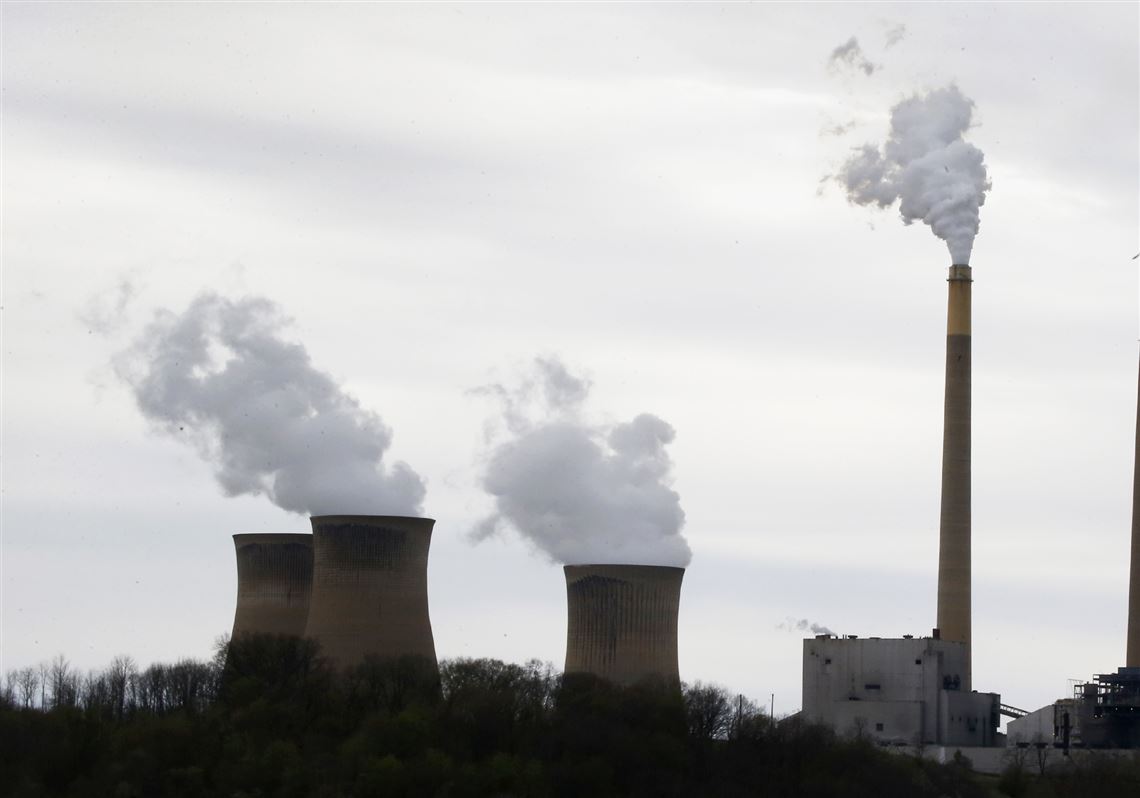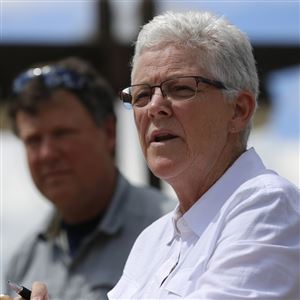Pennsylvania’s air pollution control plan fails to protect national parks and wilderness areas in the Eastern U.S. from regional haze, a federal appeals court ruled Tuesday.
The Third Circuit Court of Appeals in Philadelphia held that the U.S. Environmental Protection Agency did not justify its approval of the plan in 2014.
The decision on the appeal filed by Earthjustice on behalf of the Sierra Club, the Clean Air Council, and the National Parks Conservation Association, said Pennsylvania was in violation of the federal Clean Air Act because it did not require 34 coal-burning power plants and industrial facilities to install the best available pollution controls.
“The EPA has to go back and strengthen this [emissions control] plan or require Pennsylvania to submit more information,” Charles McPhedran, the lead attorney for Earthjustice on the case, said Wednesday. “And we will be watching to make sure it makes a difference for air quality.”
Air emissions from power plants and factories in Pennsylvania contribute to hazy conditions in several parks and wilderness areas in the East and New England, including Acadia National Park in Maine, the Brigantine National Wilderness Area in New Jersey, and the Shenandoah National Park in Virginia.
“Our national parks deserve the strongest protections from dirty air,” Mr. McPhedran said. “The state and EPA need to assure that people can enjoy unpolluted views in these majestic places.”
Earthjustice also has pending appeals to EPA’s haze plan approvals for Minnesota and Nebraska, and has put on hold challenges to Virginia’s and West Virginia’s plans.
According to the 35-page opinion, the Clean Air Act requires states to evaluate the impact that emissions from large power plants and industrial facilities have on visibility in national parks and wilderness areas. However, after conducting that evaluation, Pennsylvania’s Department of Environmental Protection didn’t require its pollution sources to implement additional controls because it concluded that, “the costs associated with the controls outweighed the limited visibility improvements they would produce.”
The court found that Pennsylvania’s calculations supporting its “State Implementation Plan” — a document that is supposed to assess emissions sources and establish a plan to reduce them — was so lacking in specifics that it provided no justification for the EPA’s decision to approve the plan.
“Because we, as a reviewing court, need an agency to show its work before we can accept its conclusions,” Judge Thomas Vanaskie wrote in the opinion, “we will remand this case to the EPA for further consideration.”
The EPA, which has 45 days to file a petition for a rehearing of the case, said it is “reviewing the court decision carefully and considering a response.” Roy Seneca, an EPA spokesman in the agency’s Region 3 office in Philadelphia, said that while the original implementation plan covered emissions from 34 coal-fired utilities and factories, “that number may be less now because a few of those facilities have shut down.”
Neil Shader, a DEP spokesman, said Wednesday the department is evaluating the court decision and “discussing the next steps with the EPA.” He could not immediately identify the decision’s impact on power plant and factory emissions in the state or how many might be required to install new pollution controls.
First Published: September 30, 2015, 4:03 p.m.
Updated: October 1, 2015, 2:37 a.m.

















